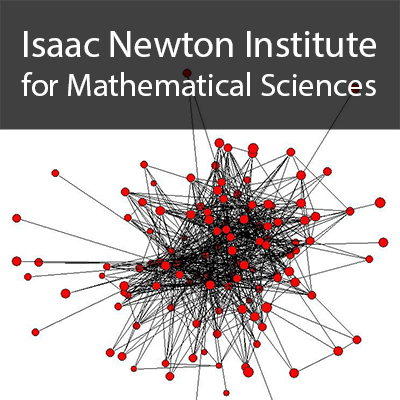Intermediation and Voluntary Exposure to Counterparty Risk
46 mins 1 sec,
205.54 MB,
WebM
640x360,
29.97 fps,
44100 Hz,
609.85 kbits/sec
Share this media item:
Embed this media item:
Embed this media item:
About this item

| Description: |
Farboodi, M (Princeton University)
Wednesday 27 August 2014, 09:00-09:30 |
|---|
| Created: | 2014-08-28 10:27 |
|---|---|
| Collection: | Systemic Risk: Mathematical Modelling and Interdisciplinary Approaches |
| Publisher: | Isaac Newton Institute |
| Copyright: | Farboodi, M |
| Language: | eng (English) |
| Distribution: |
World
|
| Explicit content: | No |
| Aspect Ratio: | 16:9 |
| Screencast: | No |
| Bumper: | UCS Default |
| Trailer: | UCS Default |
| Abstract: | I develop a model of the financial sector in which endogenous intermediation among debt financed banks generates excessive systemic risk. Financial institutions have incentives to capture intermediation spreads through strategic borrowing and lending decisions. By doing so, they tilt the division of surplus along an intermediation chain in their favor, while at the same time reducing aggregate surplus. I show that a core-periphery network -- few highly interconnected and many sparsely connected banks -- endogenously emerges in my model. The network is inefficient relative to a constrained efficient benchmark since banks who make risky investments "overconnect", exposing themselves to excessive counterparty risk, while banks who mainly provide funding end up with too few connections. The predictions of the model are consistent with empirical evidence in the literature. |
|---|---|
Available Formats
| Format | Quality | Bitrate | Size | |||
|---|---|---|---|---|---|---|
| MPEG-4 Video | 640x360 | 1.93 Mbits/sec | 666.77 MB | View | Download | |
| WebM * | 640x360 | 609.85 kbits/sec | 205.54 MB | View | Download | |
| iPod Video | 480x270 | 521.83 kbits/sec | 175.88 MB | View | Download | |
| MP3 | 44100 Hz | 249.8 kbits/sec | 84.26 MB | Listen | Download | |
| Auto | (Allows browser to choose a format it supports) | |||||

